Dell Technologies has been at the forefront of the growth in hybrid cloud, developing a wide variety of solutions to meet needs from small-edge deployments to large data centers. Dell EMC PowerEdge servers, the #1 selling server in the industry, provide a solid foundation for building hybrid data center solutions and software-defined portfolios. Of course, Dell Technologies offers comprehensive set-up services as well, including planning, deployment and support. A large segment of the Dell EMC portfolio revolves around Microsoft solutions for the hybrid cloud, which today were refreshed as AX nodes for Azure Stack HCI deployments.
Dell Technologies has been at the forefront of the growth in hybrid cloud, developing a wide variety of solutions to meet needs from small-edge deployments to large data centers. Dell EMC PowerEdge servers, the #1 selling server in the industry, provide a solid foundation for building hybrid data center solutions and software-defined portfolios. Of course, Dell Technologies offers comprehensive set-up services as well, including planning, deployment and support. A large segment of the Dell EMC portfolio revolves around Microsoft solutions for the hybrid cloud, which today were refreshed as AX nodes for Azure Stack HCI deployments.
Of course, the crown jewel of the Microsoft portfolio is Azure, their public cloud offering. There’s so much more under the Azure umbrella though. Last year at Microsoft Ignite, a number of changes and new offerings were released. This includes Azure Stack Hub, a cloud-native integrated system; Azure Arc, which is a single control plane that covers everything from multi-cloud to edge deployments; and Azure Stack Edge, which is a cloud-managed appliance. The momentum around these Microsoft solutions shows no signs of slowing.
All of these Microsoft cloud solutions offer value across the enterprise, though Azure Stack HCI offers perhaps the broadest appeal. As we’ve seen over the last year, Azure Stack HCI offers a blend of application performance and ease of management that makes it an ideal solution for remote office/edge use cases, specific application duties like VDI or SQL Server, or for emerging workloads like Kubernetes.
While Dell Technologies continues to support Microsoft’s cloud efforts, not every organization is ready to go all-in on the public cloud. This tends to be especially true with small businesses and edge-use cases, where a small, simple-to-use HCI cluster may be more appropriate. Dell EMC Solutions for Microsoft Azure Stack HCI include the new AX nodes that serve as a simple alternative for organizations looking to maximize their infrastructure investments, while still leaving open the option to leverage Azure alongside their HCI cluster when the time is right.
Dell EMC OpenManage Solutions with Microsoft Azure Stack HCI
Dell Technologies offers a broad suite of options for organizations that want to deploy Dell EMC Solutions for Microsoft Azure Stack HCI. Core to this offering are Dell EMC’s productized solution – AX nodes- that are validated and certified to run Azure Stack HCI. In fact, Dell EMC has a robust number of validated offerings across three different node types in the solution catalog. This depth of offerings gives customers choice and flexibility in their Azure Stack HCI deployments.
Built on the strong foundation of PowerEdge servers, AX nodes are specifically designed and optimized for Azure Stack HCI, are offered with certified and supported components, and include Azure Stack HCI specific ProSupport and ProDeploy Services. Because of the deeper integration with PowerEdge servers, Dell EMC is able to offer fuller simplified LCM integration with the native OpenManage Integration with Microsoft Windows Admin Center (OMIMSWAC) for AX nodes than previous offerings. Additionally, Dell EMC can service these nodes post sales with parts that are certified for Azure Stack HCI. These new AX nodes come in three different models: AX-640, AX-740xd and AX-6515.
The AX-640 and AX-740xd nodes have second generation Intel Xeon Scalable processors and can be configured with NVMe, SSD and HDD devices to create hybrid or all-flash nodes. This allows Dell EMC to leverage other Intel technologies supported by Azure Stack HCI, including Intel Optane SSD and Optane persistent memory devices.
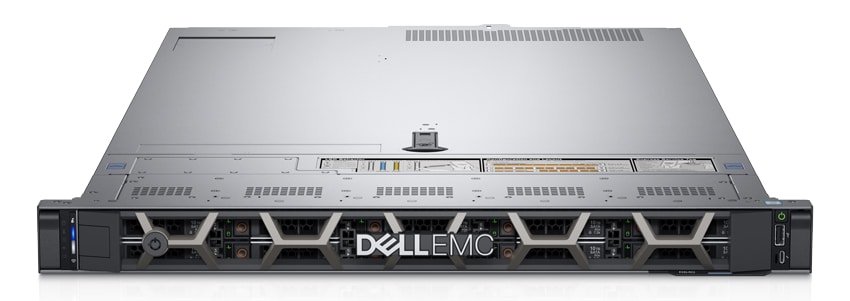 The AX-640 is a dual-socket 1U node that was designed for dense, high-performance HCI workloads. It is the only node in the AX portfolio that supports Intel ultra-high performance Optane Persistent Memory and SSD devices. It can be configured with 96 to 768GB of RAM and 3 to 92TB of storage. The AX-640 AX node, for instance, can be outfitted to deliver what may be the fastest HCI node available on the market.
The AX-640 is a dual-socket 1U node that was designed for dense, high-performance HCI workloads. It is the only node in the AX portfolio that supports Intel ultra-high performance Optane Persistent Memory and SSD devices. It can be configured with 96 to 768GB of RAM and 3 to 92TB of storage. The AX-640 AX node, for instance, can be outfitted to deliver what may be the fastest HCI node available on the market.
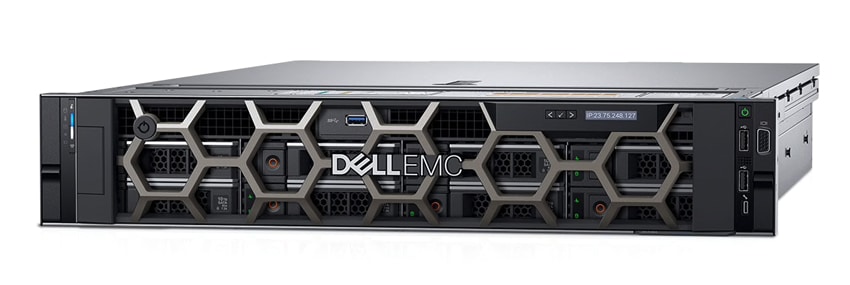 The AX-740xd is a dual-socket 2U node that was designed to find the balance between capacity, performance and cost for HCI workloads. It can be configured with 96GB to 1.5TB of RAM and 3 to 192TB of storage.
The AX-740xd is a dual-socket 2U node that was designed to find the balance between capacity, performance and cost for HCI workloads. It can be configured with 96GB to 1.5TB of RAM and 3 to 192TB of storage.
Whereas the AX-640 and AX-740xd are dual-socket Intel processor nodes, the AX-6515 is a single-socket AMD processor node. With its 64-core Gen 2 AMD EPYC processor, it was designed to be as cost efficient as possible while providing enough horsepower for typical workloads. We see the AX-6515 as a good fit for edge, remote office and SMB deployments. It can be configured with 64GB to 1TB of RAM and 3 to 60TB of storage.
The high core-count AMD processor could be problematic from a Windows licensing standpoint. To counteract this, Dell EMC customers receive a discounted Windows Datacenter Server license for all processor cores above 32-cores in 1-socket nodes and above 64-cores in 2-socket servers with the Windows Server 2019 Additional License Plus (1SKT) and Windows Server 2019 Additional License Plus (2SKT) program.
 Dell EMC’s new AX models allow customers to choose HCI nodes that have been optimized for Azure Stack HCI. These are geared to compute-density (AX-640), storage-centric (AX-740xd) or value-optimized (AX-6515) work.
Dell EMC’s new AX models allow customers to choose HCI nodes that have been optimized for Azure Stack HCI. These are geared to compute-density (AX-640), storage-centric (AX-740xd) or value-optimized (AX-6515) work.
In addition to the variety of HCI nodes available, Dell EMC also offers a number of options when it comes to connectivity. Dell EMC qualifies and supports 10GbE, 25GbE and 100GbE networking for Azure Stack HCI. The throughput available in flash-based Azure Stack HCI clusters supporting 25/100GbE with RDMA is critical, as flash and the software stack can easily take advantage of high-speed networks. That said, not every configuration is led by performance. A 2-node Azure Stack HCI cluster, for example, can be configured switchless for a more simple, cost-effective and space-efficient deployment for edge and distributed environments.
The PowerEdge portfolio is clearly a net win for Dell EMC in this Azure Stack HCI offering. Owning the server gives Dell EMC an ability to leverage their engineering and IP portfolio to not just create the solutions, but to support them as well. The AX nodes are the direct result, as Dell EMC can productize and certify these nodes, where many of their competitors can only create reference designs or lean on a third-party source for servers and system support.
Dell EMC Integration for Microsoft Windows Admin Center
As many Azure Stack HCI solutions find their way to the edge, simplicity of management is critical. Dell EMC has a few interesting components here as the nodes themselves, of course, offer iDRAC for out-of-band agent-free management.
For cluster management, Dell EMC offers the OpenManage integration with Microsoft Windows Admin Center Dell EMC has integrated their lifecycle management (LCM) software with WAC for their AX nodes, available by default as a native management solution. Through this integration, customers have access to a unified server and HCI cluster management solution, which greatly simplifies the administration of an HCI cluster.
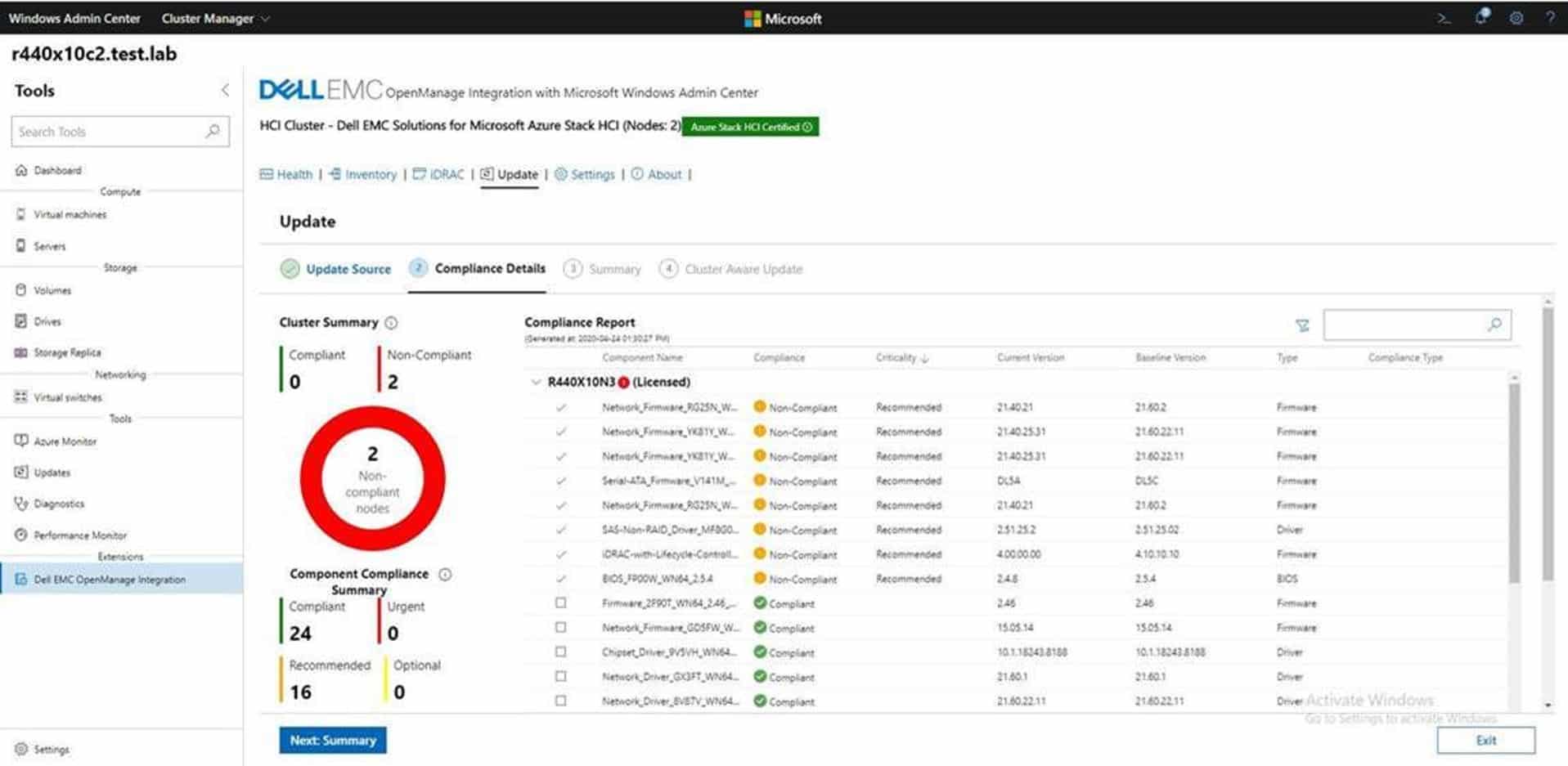
Cluster-Aware Updating – Update Compliance View for Clusters and single server nodes
Specifically, the Day-100 maintenance tasks involving hardware updates to the Azure Stack HCI cluster has been automated by the OpenManage extension. It leverages the pre-validated Azure Stack HCI Solutions catalog performing Cluster-Aware updating significantly reducing the manual, time consuming work done by administrators otherwise in performing BIOS, Firmware, Driver updates to the nodes in the cluster and the best thing is the updates are made available with zero downtime to the roles, workloads running on the cluster.
Users can also see the cluster nodes hardware and firmware inventory, real-time health status monitoring and compliance checks through a modern UI. There is also dark-theme support, which was a popular request by administrators offered by Windows Admin Center that is available from the OpenManage WAC extension including the solution offering a localized language support, critical for the global markets Dell Technologies serves.
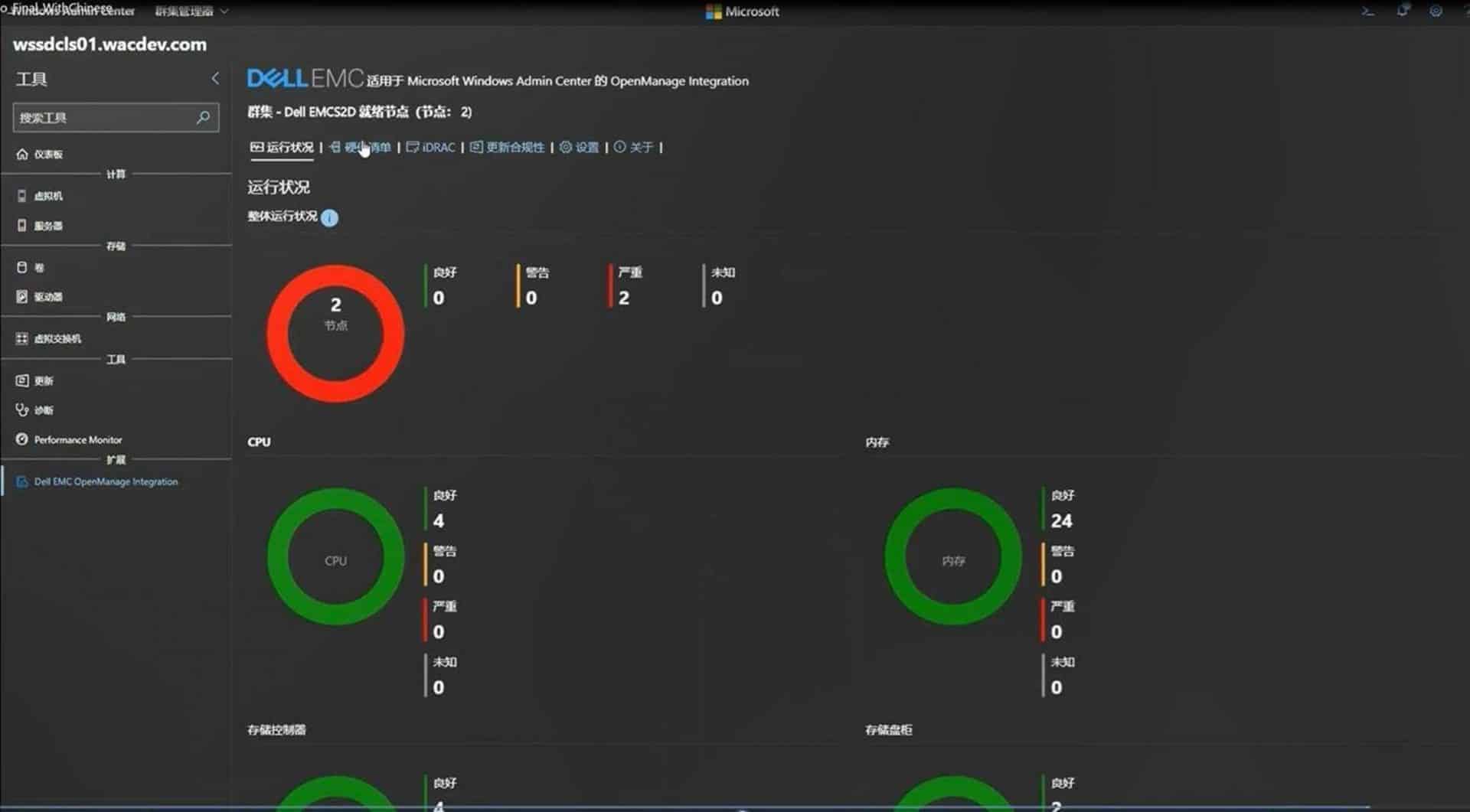
Localized (Chinese) Support with Dark Theme
Microsoft’s WAC provides HCI management capabilities for Azure Stack HCI from the Cluster Manager. Dell EMC’s unique LCM integration using the OpenManage Integration with WAC extends these capabilities by including the ability to execute cluster-aware BIOS, as well as firmware and driver updates for AX nodes. This allows Dell EMC to update nodes sequentially, thus eliminating downtime for workloads when updating an Azure Stack HCI cluster running on AX nodes in hybrid and edge scenarios by supporting the Dell EMC online catalogs or the Dell EMC Repository Manager (DRM) based offline catalog to ensure the HCI is running in an optimized fashion with the latest updates.
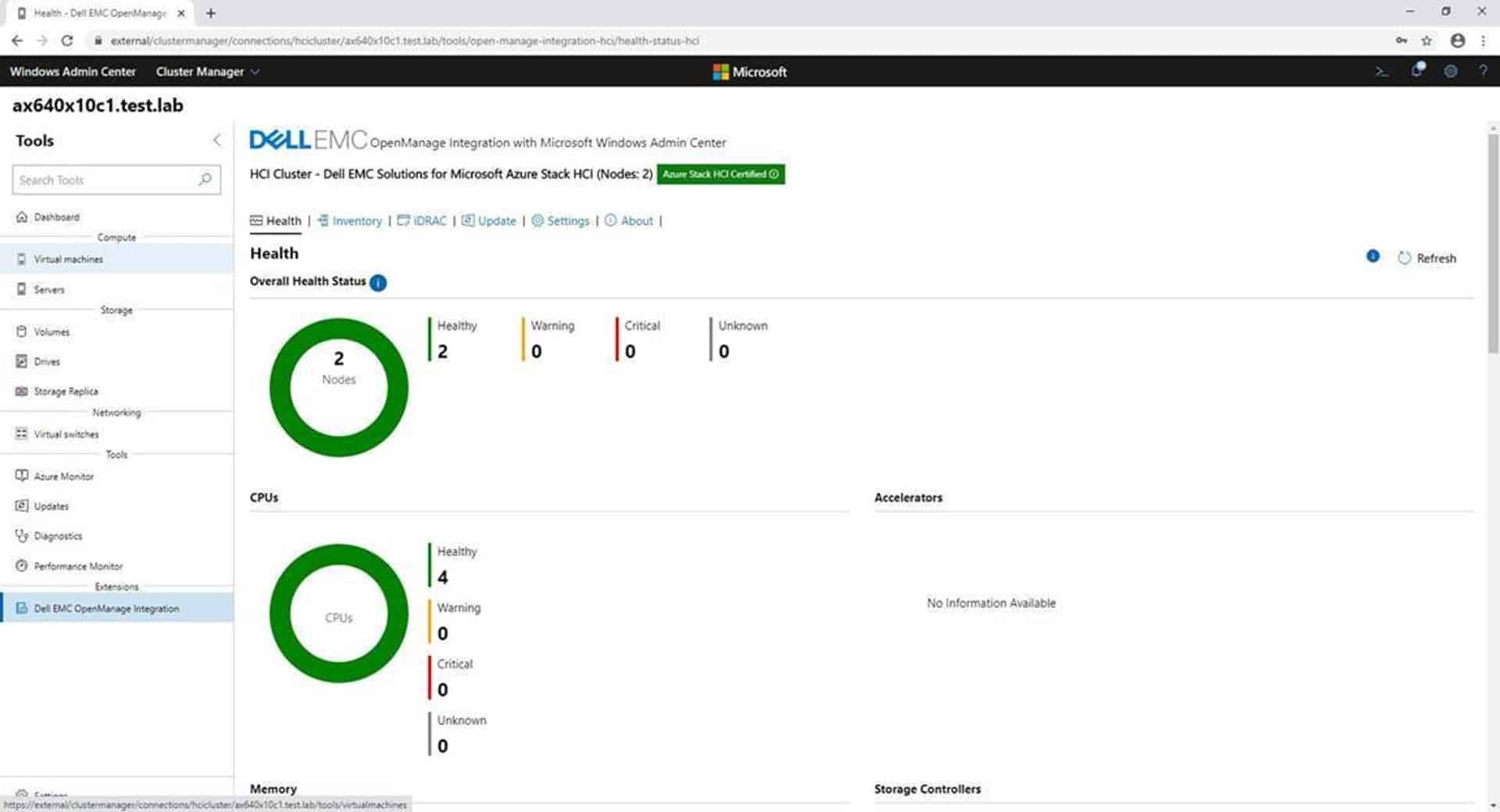
Flexibility in the Cloud or On-prem
In addition to the management benefits Dell Technologies offers when it comes to Azure Stack HCI, the platform natively supports several Azure cloud services. One of our favorites is Azure Site Recovery, which gives organizations an easy path to developing a disaster recovery plan. However, there are other services as well, including Azure Backup and Azure File Sync, and additional update, monitoring and security options. While these solutions can be deployed in small two-node clusters, we don’t want to underplay the ability to scale up, as Windows Server 2019 offers some impressive increases in its scalability. When compared to Windows Server 2016, Windows Server 2019 supports four times the storage capacity and two times the size and number of volumes per server and cluster. With these increases, a 16-node Azure Stack HCI cluster now supports 3PB of storage. For larger deployments, thousands of nodes can be supported with cluster sets. Systemwide, Azure Stack HCI handles the ongoing operational needs of the cluster by automatically balancing the virtual machines (VM) and storage on it.
Should the need arise, Dell Technologies offers a number of services around Azure Stack HCI, including ProDeploy and ProSupport, both available in standard and plus levels. While the Azure Stack HCI solution is pretty easy to put to work, it’s a great plus that the weight of the Dell EMC support system is available with over 30,000 service experts to help with issues that may arise in hardware or software. As an aside, we’ve used ProSupport several times for our Dell EMC Networking switches. The knowledge depth and expertise of the support team is remarkable and especially valuable to us, as we’re not deep into networking.
Concluding Thoughts
Microsoft offers a comprehensive set of hybrid cloud solutions, and Dell Technologies has been there since the beginning. In this piece, we’ve focused mostly on Azure Stack HCI and the new AX nodes, but it’s important to remember that Dell EMC can help customers deploy and manage anything in Microsoft’s Azure and enterprise offerings. This includes everything from the complex Windows and SQL Server migrations to bringing Azure Services on-premises via Dell EMC Integrated System for Azure Stack Hub.
To help customers onboard these technologies quickly, Dell EMC offers a number of validated solutions that leverage their wide HCI, Servers, Networking and Data Protection portfolio. We’ve touched on the benefits here, and while many are engineering-related and hard to see, the integration Dell EMC has with Windows Admin Center is one that truly shines. The connection here between Dell EMC’s existing server management tools and those provided by Microsoft are deeper than anything we’ve seen.
Of course, we’re most interested in putting these technologies to work in the lab. To that end, we have a two-node AX-640 cluster in the StorageReview Lab to work with. Even better, it’s an all-flash configuration, meaning that in addition to a good performance profile for the edge, we also get the TCO benefits that flash offers, like reduced power consumption and quieter operation. We’re looking forward to exploring this small AX node cluster further to see how Azure Stack HCI stacks up for edge use cases and SMBs.
Dell EMC Blog with the Latest Updates
Podcast #57: Preetham Mukhatira, Dell Technologies – Azure Stack HCI
This report is sponsored by Dell EMC. All views and opinions expressed in this report are based on our unbiased view of the product(s) under consideration.
Engage with StorageReview
Newsletter | YouTube | Podcast iTunes/Spotify | Instagram | Twitter | Facebook | RSS Feed
